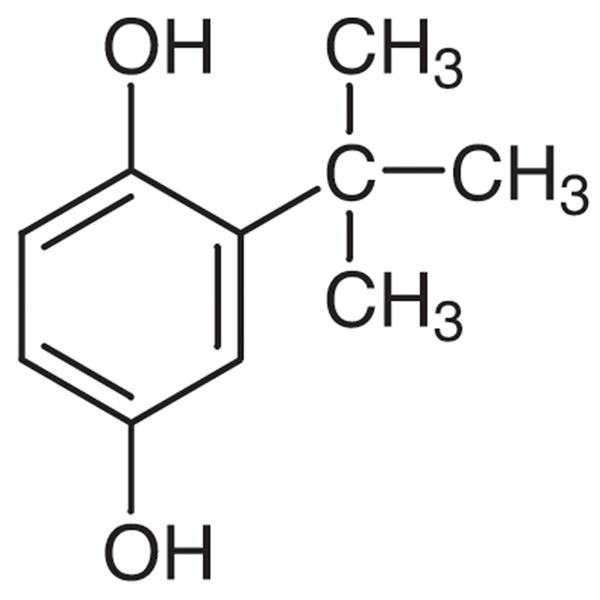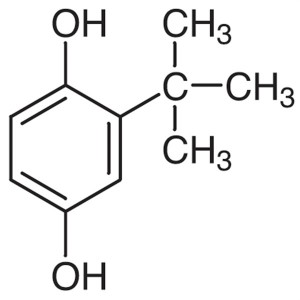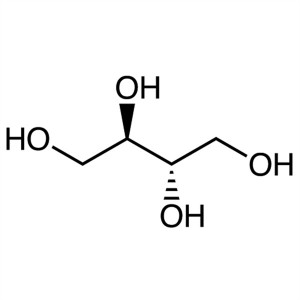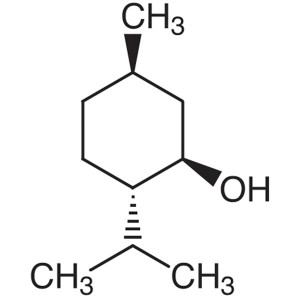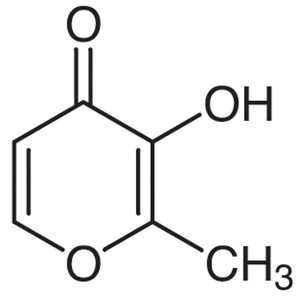tert-Butylhydroquinone (TBHQ) CAS 1948-33-0 Purity >99.5% (GC) Food Antioxidant Factory
Shanghai Ruifu Chemical Co., Ltd. is the leading manufacturer and supplier of tert-Butylhydroquinone (TBHQ) (CAS: 1948-33-0) with high quality, commercial production. We can provide Certificate of Analysis (COA), Safety Data Sheet (SDS), worldwide delivery, small and bulk quantities available, strong after-sale service. Welcome to order. Please contact: alvin@ruifuchem.com
| Chemical Name | tert-Butylhydroquinone |
| Synonyms | TBHQ; Antioxidant TBHQ; Tertiary Butyl Hydroquinone |
| CAS Number | 1948-33-0 |
| CAT Number | RF-PI1751 |
| Stock Status | In Stock, Production Scale Up to Tons |
| Molecular Formula | C10H14O2 |
| Molecular Weight | 166.22 |
| Sensitive | Air Sensitive |
| Solubility in Water | Insoluble in Water, 748 mg/l 25℃ |
| Solubility in Methanol | Very Faint Turbidity |
| Brand | Ruifu Chemical |
| Item | Specifications FCC |
| Appearance | White Crystaline Powder |
| Identification | Meets the Requirements |
| Purity / Analysis Method | >99.5% (GC) |
| Melting Point | 126.5.0~126.5.0℃ |
| Loss on Drying | <0.50% |
| t-Butyl-p-Benzoquinone |
<0.20% |
| 2,5-di-Butylhydroquinone | <0.20% |
| Hydroquinone | <0.10% |
| Toluene | <0.0025% |
| Arsenic (as As) | <3mg/kg |
| Heavy Metals (as Pb) | <10mg/kg |
| Lead | <2mg/kg |
| Infrared Spectrum | Conforms to Structure |
| Test Standard | Enterprise Standard |
| Usage | Food Antioxidant; Food Additive |
Package: Bottle, Aluminium foil bag, 25kg/Cardboard Drum (lined with two-layer polyethylene film bag), or according to customer's requirement.
Storage Condition: Keep the container tightly closed and store in a cool, dry and well-ventilated warehouse away from incompatible substances. Protect from strong, direct sun light and moisture.
Shipping: Deliver to worldwide by air, by FedEx / DHL Express. Provide fast and reliable delivery.
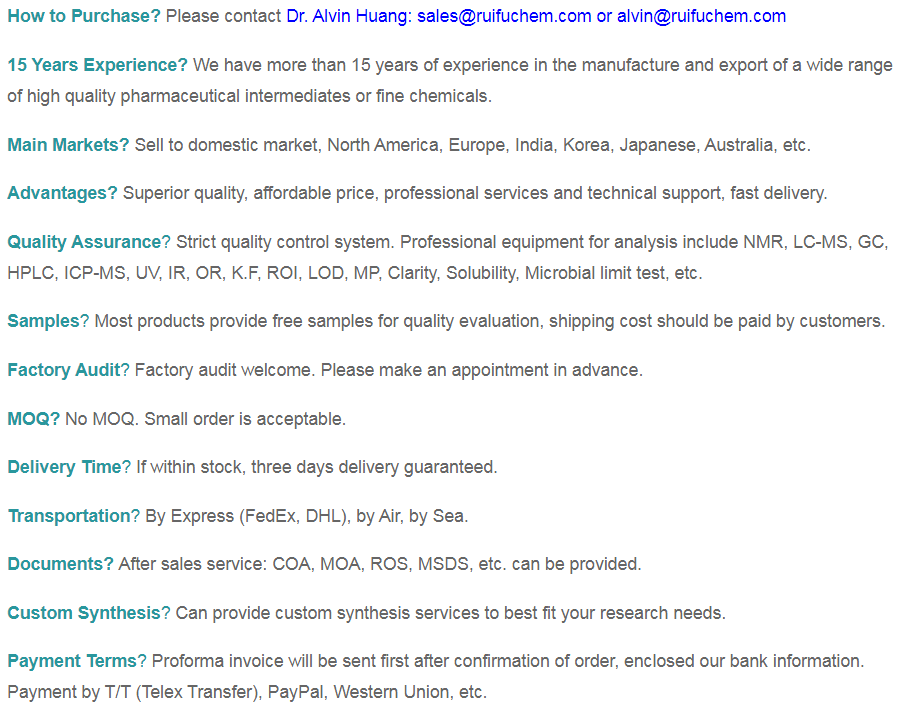
Hazard Symbols Xn - Harmful
Risk Codes
R22 - Harmful if swallowed
R36/37/38 - Irritating to eyes, respiratory system and skin.
Safety Description
S26 - In case of contact with eyes, rinse immediately with plenty of water and seek medical advice.
S36 - Wear suitable protective clothing.
S28A -
UN IDs UN3077
WGK Germany 3
RTECS MX4375000
TSCA Yes
HS Code 2907299001
Hazard Class 9
Packing Group III
tert-Butylhydroquinone (TBHQ) (CAS: 1948-33-0), is a highly effective antioxidant. In food, tert-Butylhydroquinone is used as an antioxidant in vegetable oils and a variety of edible animal oils. It does not change color when exposed to iron, nor does it change the taste or smell of food. It can also be used with other preservatives such as butyl hydroxyanisole (BHA). Its E code as a food additive is E319. It is widely used in food because it can extend its shelf life. In industrial production, it can be used as a stabilizer to inhibit the self-polymerization of organic peroxides. It can also be added to biofuel as an anti-corrosion agent. In perfumes, TBHQ can be used as a fixative, inhibiting volatilization and improving stability. In addition, it is also used in paints, varnishes and resins.
tert-Butylhydroquinone (TBHQ) (CAS: 1948-33-0), has superior antioxidant performance and stronger antioxidant capacity than BHT, BHA, PG (acrylic gallate) and vitamin e. It can effectively inhibit the growth of Bacillus subtilis, Staphylococcus aureus, Escherichia coli, pneumococcus and other bacteria, as well as Aspergillus niger, Aspergillus variegata, Aspergillus flavus and other microorganisms. The antioxidant function of TBHQ is much better than that of conventional antioxidants. As far as vegetable oil is concerned, the antioxidant capacity is as follows: TBHQ > PG > BHT> BHA. Adding TBHQ to food can not only delay the oxidative deterioration of oils and fats, but also inhibit a variety of microorganisms. It can be used as an antioxidant in edible fats, fried foods, dried fish products, biscuits, instant noodles, quick-boiled rice, canned dried fruits, pickled meat products, and can also be used in cosmetics. ① TBHQ Antioxidants. Suitable for crude oil and highly unsaturated oils, such as sunflower oil. For cooking oil and baked products, it should be combined with BHA, but it is suitable for boiled and fried products. The general dosage is 100~200 mg/kg. testing of food oil additives. It can prevent oxidation of most oils, plastics, rubber, etc. Iron and copper do not change color, but if there is alkali, it can turn pink. Excellent oxidation resistance. Antioxidants. Tert-butyl hydroquinone is suitable for crude oil and highly unsaturated oils, such as sunflower oil. For cooking oil and baked products, it should be combined with BHA, but it is suitable for boiled and fried products. The general dosage is 100~200 mg/kg. It is used as PVC anti-fish eye agent and food additive, as antioxidant, and can be used for edible oil, fried food, biscuits, instant noodles, instant cooked rice, canned dried fruits, dried fish products and cured meat products, with a maximum usage of 0.2 g/kg.
tert-Butylhydroquinone (TBHQ) (CAS: 1948-33-0) is a safe and efficient antioxidant for edible oils and fats, suitable for vegetable oils, lard, etc. Especially suitable for frying food due to high melting point and boiling point. This product also has good anti-bacterial, mold and yeast effects, which can enhance the antiseptic and fresh-keeping effect of high-oil water food. For example, the addition of peanut oil can significantly extend the shelf life, and the antioxidant effect is four times that of other varieties; the addition of sausage dried fish products can prevent the product from changing; the addition of fried food and instant noodles can significantly extend the shelf life and prevent it. Industrial application: 1. antioxidant for rubber and plastic industry 2. PVC additive (anti-fisheye agent) 3. it is used for pharmaceutical intermediate and organic synthesis 4. stabilizer (Stabilizer): prevent resin ester and other substances from being caused by oxygen.
According to the provisions of China's GB2760-1996 of health standards for the use of food additives (04.007), tert-butyl hydroquinone TBHQ can be used as antioxidant in edible oils, fried foods, dried fish products, biscuits, instant noodles, quick-boiled rice, canned dried fruits and pickled meat products. generally, the recommended dosage is 0.01~0.02% of the total amount of oils and fats, with a maximum dosage of 0.2 g/kg. Can be used in cosmetics.
Directly heat the grease to 35~60℃, add TBHQ according to the required proportion, stir vigorously for 10~15 minutes to dissolve it, and then continue to stir (do not need to stir vigorously to prevent too much air from entering) for about 20 minutes to ensure uniform distribution of TBHQ. Seed method: firstly, TBHQ is completely dissolved in a small amount of oil or 95% alcohol solution to prepare 5-10% TBHQ oil or alcohol solution, and then directly or by adding it into the fat or oil with a meter, stirring and distributing it evenly. Pumping method The TBHQ concentrated solution prepared by the seed method is injected into the pipeline with stable fat or oil with fixed flow rate and flow rate through the stainless steel quantitative pump according to the specified ratio. Make sure that there is enough turbulence in the pipeline to make T
European food safety agency (EFSA) and U.S. food and drug administration (FDA) have determined that the use of tert-butyl hydroquinone within a certain concentration is safe for human body. FDA limits its addition to edible oils and fats to 0.02%. In the experiment, the intake of higher concentrations of tert-butyl hydroquinone caused the experimental animals to show signs of gastric tumors and DNA damage. A series of studies have shown that prolonged exposure to high concentrations of TBHQ may cause cancer, especially gastric cancer. However, other studies have come to different conclusions. For example, phenolic antioxidants such as TBHQ can inhibit the carcinogenesis of polycyclic amines (TBHQ is one of them, not an effective one). EFSA also believes that TBHQ will not cause cancer. A paper published in 1986 believed that from the perspective of dosage, there is a large margin between the allowable amount of TBHQ and the amount of damage to experimental animals.
Thermal decomposition discharges toxic and pungent smoke.

